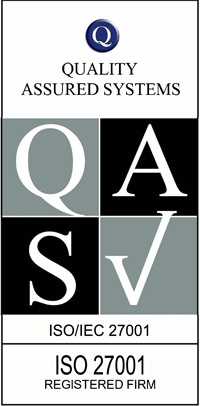Leadership in a crisis can become polarised. So how can you avoid leading your organisation into extremes?
In uncertain situations, leaders face intense pressure to make effective decisions. It goes without saying that the COVID-19 pandemic has accentuated this, but the strain on decision making isn’t isolated to crises. In the coming weeks, we’re kicking off our ‘Temporall Techniques’ insights series. Each of these articles shares a range of best practices – starting with a focus on organisational resilience. These are based on our work with many of the world’s largest brands, management consultants and partners, and draw on the strategic approaches that successful leaders have undertaken using our insights.
The first thing to recognise is that a crisis can be polarising. It can force leaders into cold, hard decision making or nurture empathy and team-centric thinking that can seem at odds with ‘safe’ commercial thinking. The pandemic has already seen very contrasting responses across sectors and individual firms in this regard. But balancing the rational and emotional sides of leadership is incredibly challenging.
In the face of these apparently conflicting priorities, leaders face another tension – the need to juggle both strategy and pragmatism. Long term vision with immediate survival.
At Temporall we’ve worked with a wide range of leadership teams, each facing different problems and opportunities. But one theme has emerged as being absolutely critical to effective decision making – clarity. Without clarity there will always be a barrier to effective strategy, the motivation of teams, working at speed, optimising performance and to accountability within the organisation.
So what does ‘clarity’ mean as you respond to this crisis, and how can it help you develop a more resilient organisation that’s ready to take on the ‘new normal’ as it emerges?
Gain clarity
We have distilled four critical areas of clarity for leaders, to help shape your thinking as you evolve your crisis response. They span your own understanding, communications with your team, and the ability to continually determine the effectiveness of your approach. So in the four Temporall Techniques that follow within this series, we’ll provide more insight into how you can capitalise on each of these areas:
[1] Critique your own thinking – read more
Be clear on what you know, and what you don’t. Be brave enough to critique your own thinking – and to have it critiqued by those you trust.
[2] Alignment of effort – read more
Be totally clear in what you expect of others, and in where they are empowered to act to the best of their ability, in the best interests of the organisation.
[3] Continuous decision making – read more
Be up to date on what’s happening within your organisation. Business moves too fast to act using outdated insights – and this is particularly true in a crisis.
[4] Accountable performance
Be absolutely transparent on what success looks like so that when it happens it can be celebrated and replicated. And if it doesn’t, the real solution won’t remain hidden.







